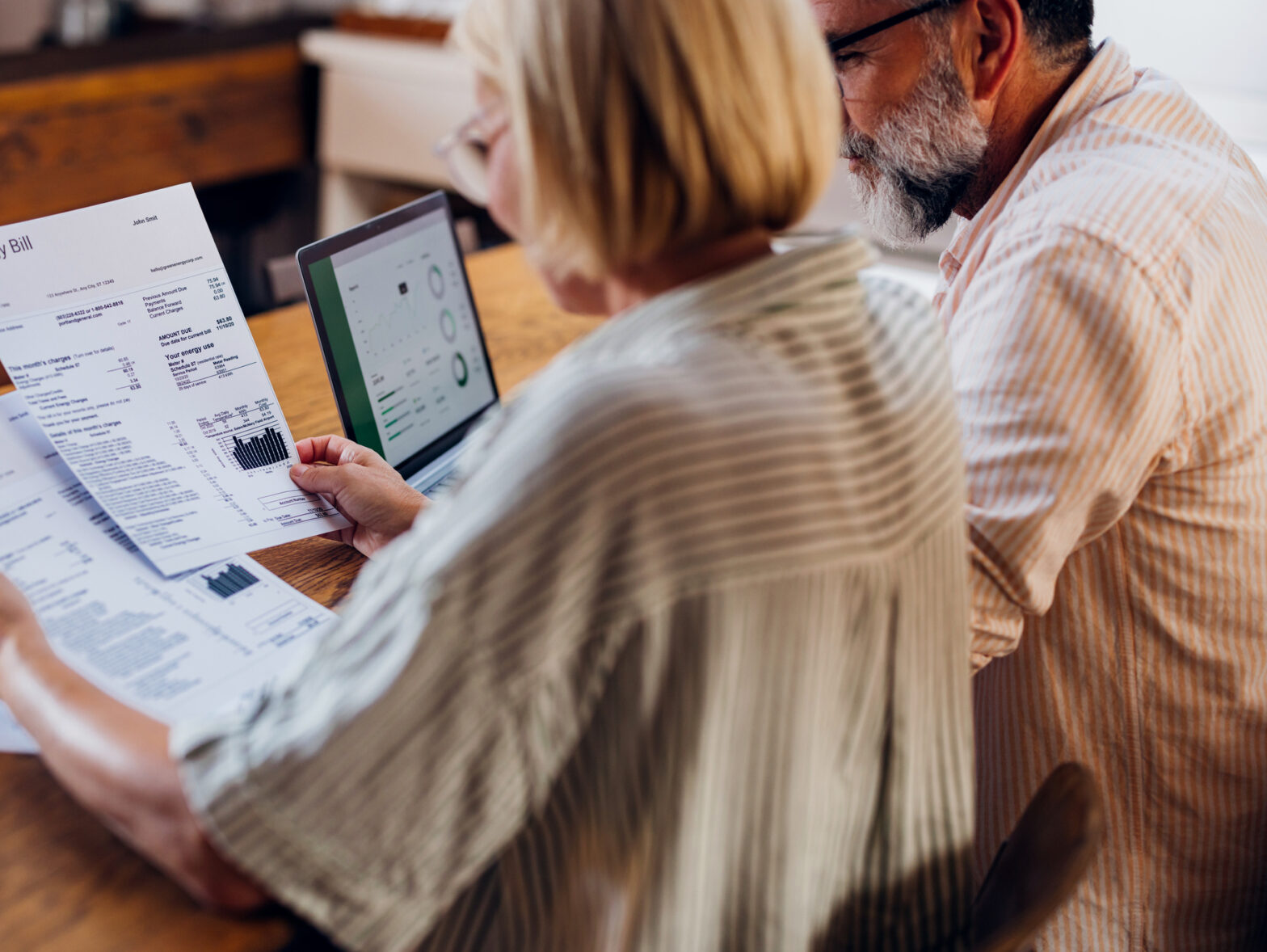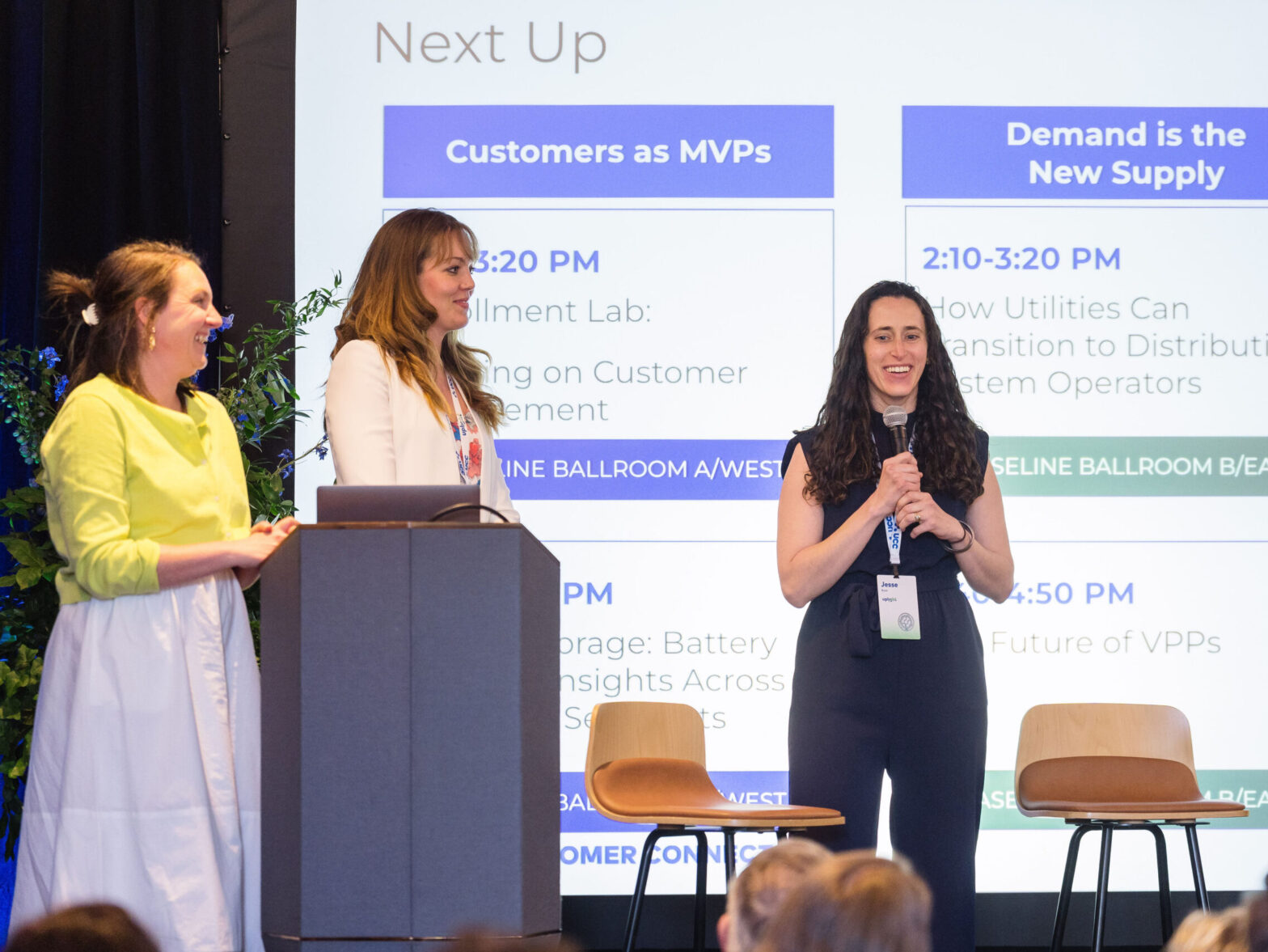Though we’re technically only one day into ‘Summer’, the mercury has already soared across much of North America this past week, straining the grid in Texas, California and the Midwest in the process. In response, utilities and electrical system operators have jumped into action, asking customers to conserve energy, and dispatching utility load management resources – in particular smart thermostat demand response programs. An unfortunate outcome of these events though has been that some customers that are part of demand response programs were either unaware they were enrolled in the program – despite it typically being an “opt-in” model – and/or have had their comfort levels significantly impacted beyond what they feel is reasonable. The result is frustrated customers, a spike in the volume of customers churning from the programs, and an increase in customer support volume – a real lose-lose for customers and utilities alike.
It doesn’t have to be this way though, and we shouldn’t rush to be critical of Bring Your Own smart Thermostat (BYOT) programs writ large. After all, they still deliver a better customer experience than old ‘switch’ programs and 10x higher load shift than behavioral DR programs. So while customer frustration is not completely unavoidable in extreme circumstances like those experienced during the past two weeks, there are certainly steps that utilities can take that would have significantly mitigated the impact to customer comfort and satisfaction, and ultimately ensured a more ‘firm’ demand response resource.
Based on Uplight’s experience in running residential programs at scale and learning through customer surveying and journey research, we’ve implemented the following features to deliver a better customer experience than what is provided in traditional BYOT program designs.
Provide a suite of digital engagement touchpoints to educate, motivate and delight participating customers
Consistent, timely and adequately informative outreach to customers at key moments ensure they both remain informed on what to expect as well as the benefits of participating in the program
At a minimum this includes: a welcome email at enrollment, season kickoff email on what to expect, pre-event messaging via email and SMS, event notifications in app and on their device, and then post event and end of season emails to inform and reinforce the positive contribution they’ve made as well as capture their feedback
We know these touchpoints deliver really high ongoing engagement levels, averaging a 78% open rate.
Personalize the pre-cooling schedule of a smart thermostat to an individual customer’s comfort preferences and the thermal characteristics of their home
Something that is unique about Uplight’s Orchestrated Energy solution is that instead of sending the same dispatch signal to all participating customers in a utility program, our optimization algorithms create a unique schedule by customer that has been trained to maximize both comfort and load shift.
While the flexibility available to administer an optimal schedule varies by individual smart thermostat manufacturer, across all our programs in 2020 we saw a 36 point increase in Net Promoter Score (NPS) on customers where we did some level of optimization versus not.
Make customer incentives for participation clear and perceived as fair value
Often we see utilities have done themselves a disservice by making it difficult for customers to clearly see the value they are getting for participating in a demand response program. This can be because the incentive is:
- Paid monthly, making its value seem small
- Paid via bill credits, resulting in its value being overshadowed by what the customer owes the utility
- Made too complex for a customer to understand, resulting in lower enrollments and/or higher churn
- Not in line with the perceived impact to comfort the customer is experiencing for participating – for instance due to poor experience during events (as highlighted earlier) or due to a sweepstakes model being used which results in most customers getting little to no tangible incentive
While we have found that financial incentives are overwhelmingly the primary motivator for customers to enroll and stay enrolled in a program, a close secondary motivation for remaining enrolled and for participating fully throughout an event is perception that the customer is helping their community. Through our research and product design testing, we’ve found that including thoughtfully worded and positioned messaging on societal benefit of their participation encourages customers to participate and sustain in events at higher rates.
Sticking true to our agile principles, we too have taken insights from running events during the heatwave of the week, and are already making further refinements to our approach customer messaging and device dispatch. As we as an industry move to more broad scale programs, shifting toward program designs that incorporate elements that deliver a better customer experience will become more important than ever. And as summer 2021 kicks off with a bang, it’s not too late to raise the bar and create win-win outcomes for utilities and customers alike.




